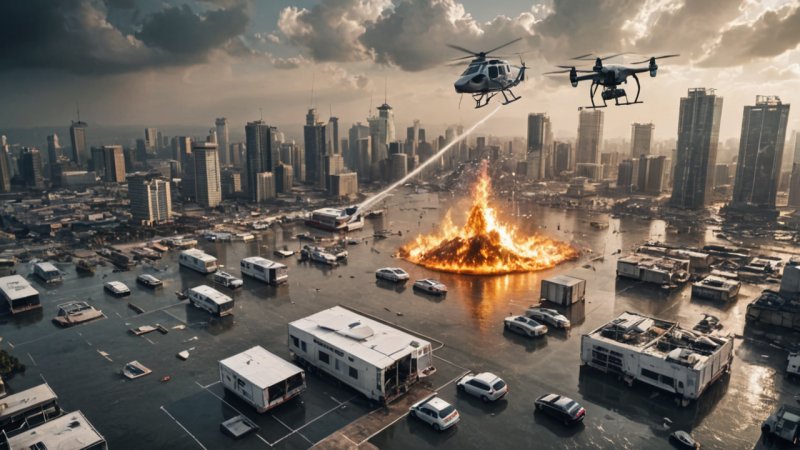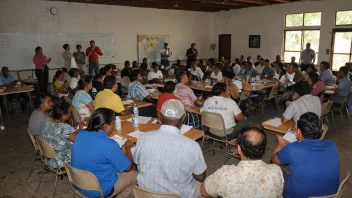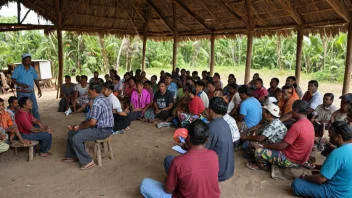In a world increasingly affected by natural disasters, the need for effective disaster response technology has never been more critical. Recent advancements in technology have provided innovative solutions that enhance the efficiency and effectiveness of disaster relief efforts. From improved communication systems to advanced predictive modeling, these innovations are not only saving lives but also transforming the way communities prepare for and respond to emergencies. Here, we explore some of the top innovations in disaster response technology that are making a significant impact.
1. Drones for Damage Assessment
Drones have emerged as a vital tool in disaster response, offering aerial views that are invaluable in assessing damage after natural disasters. Equipped with high-resolution cameras and thermal imaging, these unmanned aerial vehicles can quickly survey affected areas, allowing responders to gather critical data without putting themselves at risk. This technology enables organizations to prioritize resources effectively and deploy aid where it is most needed.
2. Artificial Intelligence for Predictive Analytics
Artificial intelligence (AI) has revolutionized the way we predict and respond to disasters. By analyzing vast amounts of data from previous events, weather patterns, and geographical information, AI algorithms can forecast potential disasters and their impact. Organizations such as the UN and various NGOs are harnessing AI to improve their preparedness strategies, ensuring that communities can take proactive measures before a disaster strikes.
3. Mobile Apps for Real-Time Communication
Communication is key during disaster situations, and mobile apps have become an essential tool for ensuring that information flows quickly and efficiently. Apps like WhatsApp, Signal, and specific disaster response apps enable rapid information sharing among responders and communities. These platforms allow individuals to report incidents, share resources, and receive updates, ensuring that everyone stays informed and connected during critical times.
4. Wearable Technology for First Responders
Wearable technology is making significant strides in enhancing the safety and effectiveness of first responders in disaster situations. Devices such as smart helmets and body cameras provide real-time data and communication capabilities, allowing responders to monitor their health and environment. These technologies also enable command centers to track the location and status of responders, ensuring that help can be dispatched quickly if needed.
5. Blockchain for Supply Chain Transparency
Blockchain technology is gaining traction in disaster response by improving the transparency and efficiency of supply chains. By creating a secure and unalterable record of transactions, blockchain facilitates better tracking of resources and donations. This transparency helps organizations ensure that aid reaches those in need more effectively, reducing the potential for fraud and mismanagement during critical times.
As we continue to face the challenges posed by natural disasters, these innovations in disaster response technology play a vital role in enhancing our preparedness and response capabilities. By leveraging advancements in drones, artificial intelligence, mobile communication, wearable tech, and blockchain, humanitarian organizations can streamline their efforts and save lives. The future of disaster response lies in these technologies, empowering communities and responders alike to tackle emergencies with greater confidence and efficiency.






